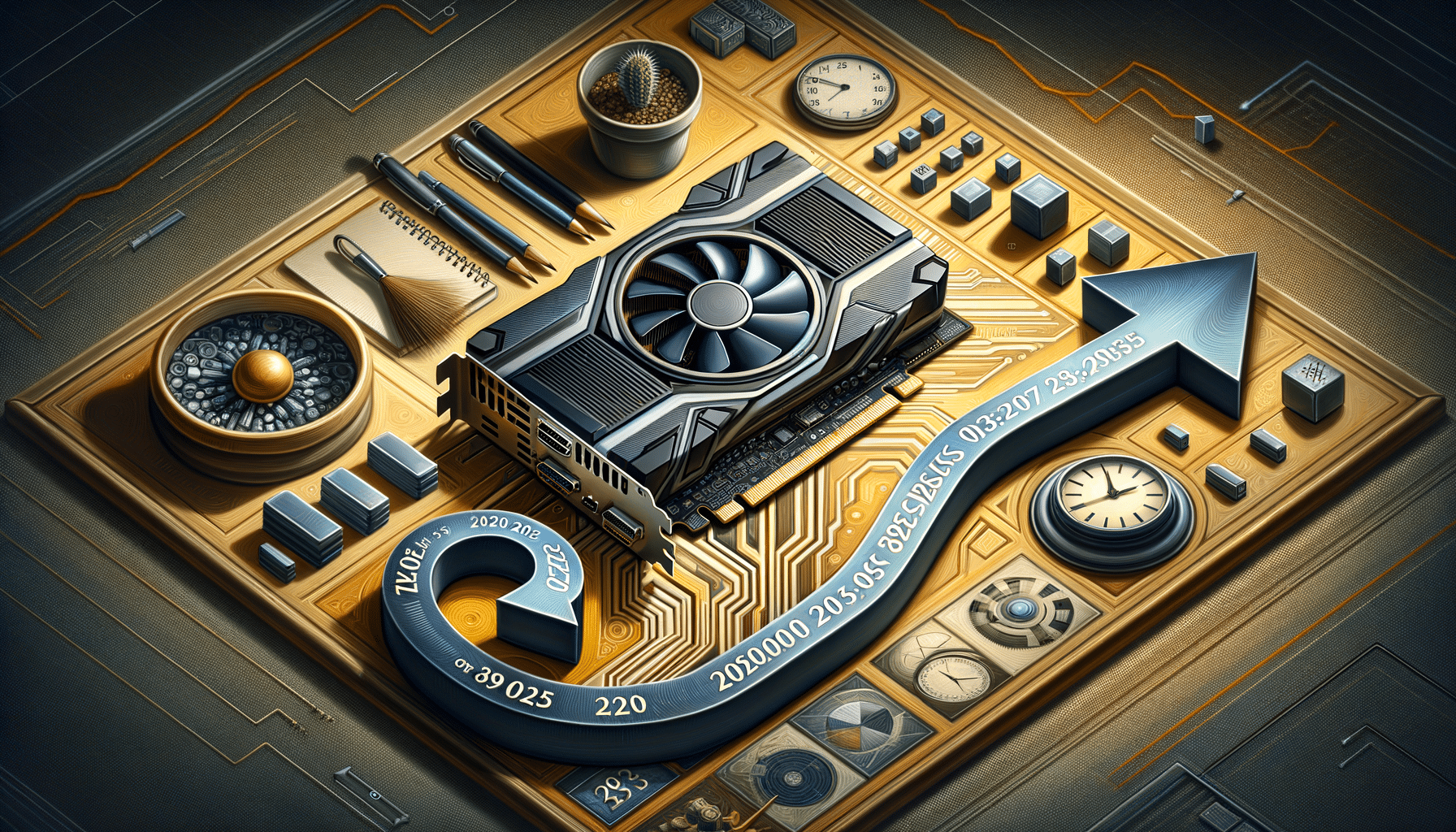Will graphic cards price drop in 2025?
Thinking about building your own PC but holding off because of high GPU prices? You’re not alone many gamers and creators are wondering if 2025 will finally bring some relief.

The Current Landscape of Graphic Cards
Graphic cards, or GPUs, have become a cornerstone for both gaming and professional industries. As of 2023, the demand for high-performance GPUs continues to rise, driven by the gaming industry, cryptocurrency mining, and advancements in AI and machine learning. The pandemic-induced supply chain disruptions further exacerbated the situation, leading to inflated prices and scarcity. Many enthusiasts are left wondering if these prices will ever return to pre-pandemic levels. The current landscape is shaped by a delicate balance of supply and demand, technological advancements, and geopolitical factors.
The gaming industry alone has seen a significant boom, with more players investing in high-end systems. This has led to an increased demand for GPUs that can handle the latest games at higher resolutions and frame rates. Cryptocurrency mining also plays a role, as miners seek out GPUs for their efficiency in processing blockchain transactions. Meanwhile, AI and machine learning applications require powerful GPUs for data processing and model training.
While manufacturers are ramping up production to meet this demand, challenges remain. Geopolitical tensions, particularly between major tech-producing regions, have impacted the availability of raw materials and components. Additionally, the transition to newer manufacturing technologies, such as the 5nm process, presents both opportunities and hurdles in terms of production capacity and cost.
Factors Influencing GPU Prices
Several factors influence the pricing of graphic cards, making it a complex market to navigate. One of the primary factors is the cost of production, which is affected by the availability of raw materials like silicon and the complexity of the manufacturing process. As technology advances, the demand for more efficient and powerful GPUs increases, driving up production costs.
Another critical factor is market demand, which fluctuates based on trends in gaming, cryptocurrency, and other tech industries. When demand outpaces supply, prices naturally rise. The cryptocurrency market, in particular, has a significant impact on GPU availability and pricing. During periods of high cryptocurrency value, miners purchase GPUs in bulk, leading to shortages for other consumers.
Supply chain disruptions also play a role. The COVID-19 pandemic highlighted vulnerabilities in global supply chains, affecting everything from component availability to shipping logistics. Even as the world recovers, these disruptions have lasting effects on production timelines and costs.
Lastly, geopolitical factors, such as trade policies and tariffs, can influence GPU prices. Tensions between major tech-producing countries can lead to increased costs for imported components, which are then passed on to consumers.
Technological Advancements and Their Impact
Technological advancements in the GPU industry have a profound impact on pricing and availability. As manufacturers develop new architectures and processes, such as the transition to 5nm and beyond, the performance capabilities of GPUs continue to improve. These advancements allow for more efficient and powerful graphics processing, catering to the demands of modern applications.
However, cutting-edge technology comes at a cost. The research and development required to innovate in this space are significant, and these costs are often reflected in the price of new GPU models. Additionally, as new technologies are introduced, older models may see price reductions, offering more budget-friendly options for consumers.
One of the most exciting advancements is the integration of AI capabilities within GPUs. This allows for enhanced performance in tasks such as real-time ray tracing and AI-driven graphics rendering. These features are particularly appealing to gamers and professionals in creative industries, further driving demand.
Moreover, the push towards energy efficiency is another technological trend impacting the GPU market. Manufacturers are striving to create GPUs that deliver high performance while consuming less power, aligning with global sustainability goals. This focus on energy efficiency can influence the design and pricing of new GPU models.
Market Predictions for 2025
Looking ahead to 2025, several predictions can be made regarding the GPU market. Analysts suggest that as supply chain issues are gradually resolved and production capabilities increase, the market may stabilize, potentially leading to more accessible pricing for consumers. The ongoing investments in semiconductor manufacturing capacity are expected to alleviate some of the current bottlenecks.
Furthermore, the continued evolution of AI and machine learning is likely to drive demand for advanced GPUs. As these technologies become more integrated into everyday applications, the need for powerful graphics processing will persist. However, this could also mean that high-end GPUs remain at a premium, particularly for specialized applications.
The gaming industry is anticipated to maintain its influence on the GPU market. With the release of next-generation gaming consoles and the push for more immersive gaming experiences, the demand for high-performance GPUs will continue. However, as manufacturers introduce more mid-range options, consumers may find more affordable choices without compromising on quality.
Overall, while prices may not return to pre-pandemic levels, the market is expected to offer a wider range of options catering to different needs and budgets. Consumers should remain informed and consider purchasing decisions based on their specific requirements and market conditions.
Conclusion: Navigating the GPU Market
As we anticipate potential changes in the GPU market by 2025, consumers and industry professionals alike must stay informed about the various factors influencing pricing and availability. Understanding the interplay between technology, demand, and geopolitical factors can help guide purchasing decisions and expectations.
For gamers, creators, and tech enthusiasts, it is crucial to assess their specific needs and budget constraints. While high-end GPUs offer exceptional performance, mid-range options may provide a more balanced solution without compromising on quality. Keeping an eye on market trends and predictions can also aid in making timely and informed decisions.
In conclusion, the GPU market remains dynamic and complex, shaped by numerous external and internal influences. By staying informed and adaptable, consumers can navigate this landscape effectively, ensuring they make the most of their investments in technology.